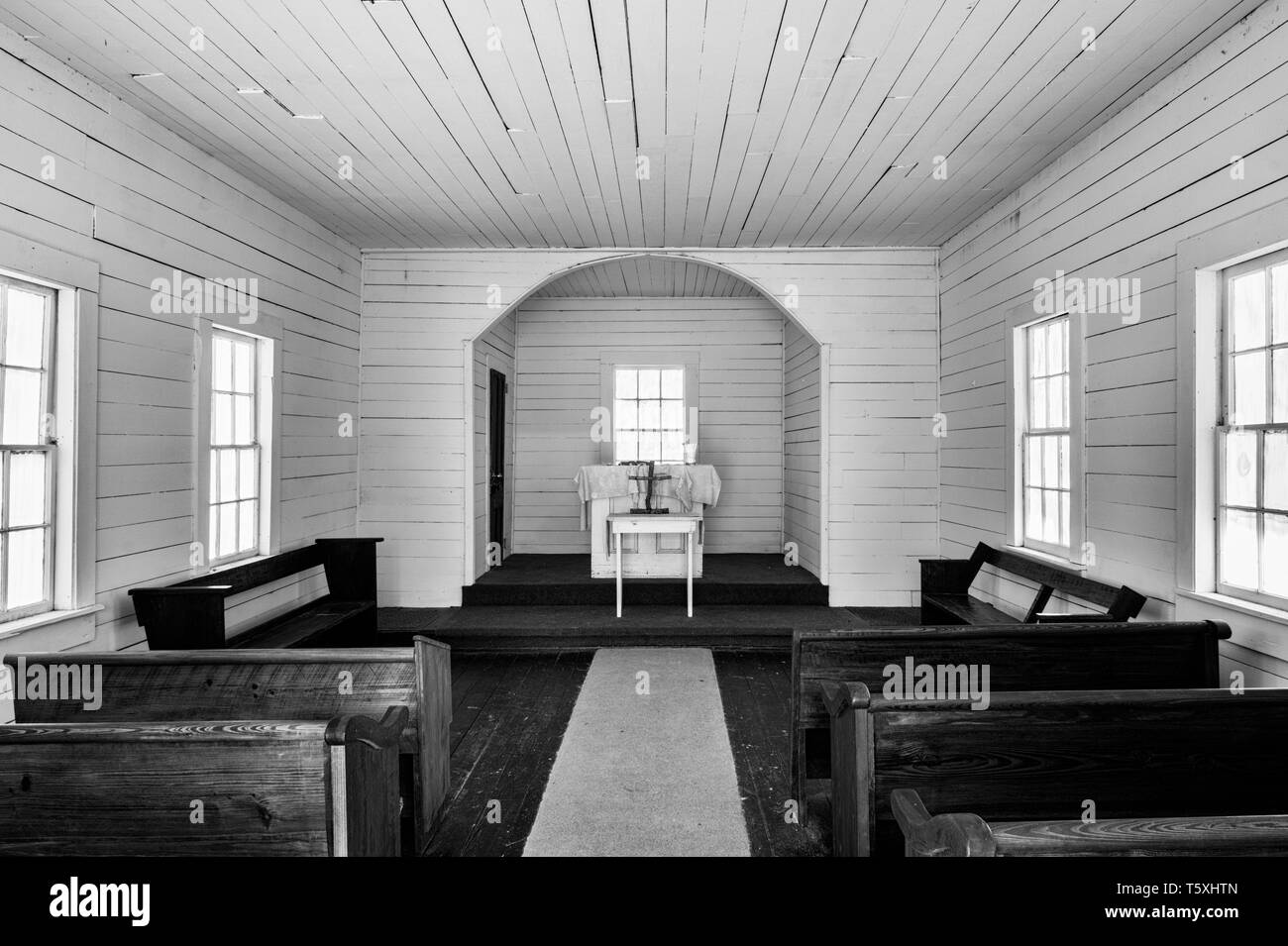Who Was The First Divorced Couple On TV? A Look Back At A Television First
Have you ever stopped to think about how much television has changed over the years? It's really quite something, isn't it? From what we watch to how we watch it, things are very different now. We see all sorts of stories on our screens today, some of them mirroring real life in surprising ways. But there was a time, not so long ago, when TV was just finding its feet, and it was a lot more careful about what it showed. This makes the idea of a "first" in anything on TV pretty interesting, like a big moment that truly came before all others, you know?
Back when television was a brand new thing, pretty much everything was a first. People were just figuring out what this amazing new box could do. So, when we talk about something like a divorce on TV, it was a huge deal. It was a step into showing life as it sometimes really happens, not just how people wished it would be. This kind of portrayal helped shape how we tell stories on television even now.
So, who really was the first couple on television to go through a divorce? It's a question that gets at the heart of how TV grew up, how it started to reflect society's changes, and, in a way, how it began to offer a wide range of stories, much like how a regional bank offers a wide range of banking solutions tailored to you. This moment, really, was a true pioneer, a moment that definitely came before all others in its kind.
Table of Contents
- The Dawn of Television and Social Expectations
- Mary Kay and Johnny: A Pioneering Program
- The Groundbreaking Separation
- Why It Mattered So Much
- The Aftermath and Evolving Storylines
- The Legacy of a Television First
- Frequently Asked Questions
The Dawn of Television and Social Expectations
When television sets first started popping up in homes after World War II, it was like magic, you know? People were just amazed by pictures moving right there in their living rooms. Early TV was very much about entertainment that felt safe and wholesome. Most shows presented a picture of family life that was, well, pretty ideal. You'd see happy families, always getting along, solving problems with a smile, and, honestly, always staying together.
In those days, society had pretty clear ideas about marriage and family. Divorce, while it certainly happened, wasn't something people talked about openly all that much, and it was even less common to see it presented in popular entertainment. TV, in its early days, was sort of seen as a guest in your home, so it was expected to be on its best behavior. It had to be friendly, approachable, and, in some respects, a bit of a moral guide. This meant that stories about families breaking up were just not really on the agenda for a very long time.
So, the idea of a couple on TV actually getting divorced was, to be honest, pretty unthinkable for many. It would challenge what people thought TV should be. It would also challenge the picture of perfect family life that many shows were trying to create. Yet, as a matter of fact, some creators felt that TV should reflect life more accurately, even the parts that weren't always neat and tidy. This tension, you know, between the ideal and the real, set the stage for a really significant moment in television history.
Mary Kay and Johnny: A Pioneering Program
Now, to get to the heart of our question, we need to look back at a very early show called "Mary Kay and Johnny." This program first aired in 1947, which, to put it mildly, was incredibly early in television's story. It was a sitcom, basically, a funny show about a married couple and their everyday lives. What made it pretty unique, actually, was that the main characters, Mary Kay and Johnny Stearns, were played by a real-life married couple, Mary Kay and Johnny Stearns themselves. This gave the show a very natural, almost unscripted feel that viewers really connected with, you know?
The show was quite simple, really, often showing the couple's apartment and their various little domestic adventures. It was broadcast live, which meant anything could happen, and it often did. This kind of spontaneity was part of its charm. It was one of the first shows to ever show a couple sharing a bed, which, believe it or not, was a huge deal back then. Most TV couples slept in separate beds! So, this show was already pushing some boundaries, just a little, in how it presented married life.
The program ran for a few years, moving from network to network, always keeping its gentle humor and its focus on the everyday ups and downs of a young married pair. It built a loyal audience, and people really felt like they knew Mary Kay and Johnny. This close connection viewers had with the characters made what happened next even more impactful, kind of like how you feel a personal connection when you work with a regional bank. They were, in essence, a very early example of characters that felt truly real to the audience, setting a precedent for future television relationships.
The Groundbreaking Separation
So, here's the moment we've been waiting for. The first divorced couple on television were indeed Mary and Garth, characters on the show "Mary Kay and Johnny." This happened in 1949, and it was a pretty quiet, yet very significant, event. The show, which usually focused on the lighthearted side of marriage, introduced a storyline where a supporting couple, Mary and Garth, decided to end their marriage. This wasn't a main plot point for Mary Kay and Johnny themselves, but it was a clear depiction of a marital separation happening on screen.
Now, it wasn't a dramatic, shouting match kind of divorce, you know? It was handled with a certain level of subtlety, as was typical for the time. But the fact remained: two characters, who were part of the show's world, were shown going their separate ways. This was a stark contrast to the usual portrayals of eternal marital bliss that dominated the airwaves. It was a moment that truly showed something preceding all others in its time, a genuine "first" in a medium that was still very, very young.
This particular storyline, while perhaps not making headlines at the time in the same way a major scandal would today, represented a quiet shift. It acknowledged that marriage wasn't always forever, even in the idealized world of television. It was, arguably, a small step, but a very important one in opening up the kinds of stories that TV could tell. It showed that television, even in its infancy, could reflect the more challenging aspects of life, not just the easy ones. This was, basically, a quiet revolution in how relationships were presented on the small screen.
Why It Mattered So Much
The divorce of Mary and Garth on "Mary Kay and Johnny" might seem like a small detail today, but it really was a big deal for its time. Think about it: television was this new, powerful medium, and it was shaping how people saw the world and themselves. By showing a divorce, even a supporting one, the show was, in a way, acknowledging a reality that many people faced but rarely saw reflected in their entertainment. It was a subtle nod to the fact that life isn't always a perfect, happy sitcom episode, you know?
Before this, TV shows tended to present an almost fairy-tale version of relationships. Marriage was often shown as the ultimate happy ending, and any troubles were usually resolved within a single episode, leaving the couple stronger and more in love than ever. The idea of a permanent split was just not part of that narrative. So, when Mary and Garth's separation happened, it was like a little crack in that perfect facade. It suggested that TV could, and perhaps should, start to mirror the actual experiences of its viewers, even the difficult ones.
This moment also helped pave the way for more complex and realistic storytelling in the future. It showed that audiences could handle these kinds of topics, and that there was a place for them on TV. It was a small but definite step towards television becoming a more mature medium, one that could explore the full range of human experience, not just the cheerful bits. It was, in some respects, a very early example of TV's potential to be a mirror to society, reflecting back what was actually happening in people's lives.
The Aftermath and Evolving Storylines
After "Mary Kay and Johnny" quietly broke this ground, it wasn't like a floodgate immediately opened, and every show started featuring divorces. Things moved pretty slowly, as they often do in media. It took a while for other shows to follow suit. For many years, TV continued to prefer depicting intact, happy families, or if there was a separation, it was often temporary or quickly resolved. The idea of a permanent split was still a sensitive subject for many viewers and broadcasters, basically.
However, the seed had been planted. Over the decades, as social attitudes changed and divorce became more common in real life, television gradually began to reflect this shift more openly. Shows like "An American Family" in the 1970s, a documentary series, showed real-life marital issues, including separation. Then, fictional shows started to feature divorced characters as mainstays, like Ann Romano in "One Day at a Time," which premiered in 1975. She was a single mother raising two teenage daughters after a divorce, which was a pretty big step for a sitcom at the time.
So, you know, the quiet moment on "Mary Kay and Johnny" was a very early ripple that eventually led to much bigger waves. Today, it's common to see divorced characters, blended families, and the complexities of post-divorce life portrayed on TV. This evolution shows how television, much like society itself, is constantly changing and adapting. It's a pretty good example of how even small, early steps can lead to significant shifts over time, shaping what we see on our screens and how we understand the world through them. You can learn more about early television history on our site, and also explore more about how TV shows represent family life.
The Legacy of a Television First
The story of Mary and Garth's divorce on "Mary Kay and Johnny" is a small but important chapter in the big book of television history. It stands as a reminder that even in its earliest days, TV was capable of pushing boundaries and reflecting the realities of life, even if those realities weren't always comfortable. This "first" moment was a quiet pioneer, really, setting a precedent for how relationships could be shown on screen. It was a subtle signal that TV wouldn't always just show the perfect, but also the real, in a way.
Today, when we see complex family structures and diverse relationship dynamics on our favorite shows, it's easy to forget that there was a time when even the mention of divorce was groundbreaking. This early instance on "Mary Kay and Johnny" helped to slowly chip away at the idealized facade of early television, opening the door for more nuanced and honest storytelling. It was a tiny crack that eventually widened into a broad pathway for the kinds of rich, human stories we enjoy today. It's pretty cool to think about how far we've come, isn't it?
This historical event, you know, underscores the idea that television has always been a mirror, sometimes a distorted one, but a mirror nonetheless, reflecting the times. From the very first steps, it has shown us ourselves, our families, and our society. The courage of those early creators to show something like a divorce, even in a minor storyline, speaks volumes about the potential of the medium. It's a testament to how even the earliest programs were, basically, trying to connect with viewers on a deeper level, to be honest. For more insights into how television has mirrored societal changes, you might find information on the Museum of Broadcast Communications quite interesting.
Frequently Asked Questions
Was "Mary Kay and Johnny" the very first sitcom on TV?
Well, "Mary Kay and Johnny" was definitely one of the earliest sitcoms to air on American television, launching in 1947. It was a true pioneer in the genre, helping to define what a situation comedy could be. There were other early comedy programs, but this one is often cited for its unique format and, of course, its groundbreaking moments, like the shared bed and the divorce storyline. So, it was certainly among the very first, and a very influential one at that.
How did audiences react to the divorce storyline back then?
The reaction to the divorce storyline on "Mary Kay and Johnny" was, in some respects, quite muted compared to what a similar event might cause today. It wasn't a huge public outcry or a massive scandal, basically. The show handled it with a lot of subtlety, and it involved supporting characters, not the main couple. So, while it was a significant step for television, it wasn't something that necessarily caused a nationwide uproar. It was more of a quiet, yet very important, shift in what TV was willing to show.
Did other shows quickly follow "Mary Kay and Johnny" in showing divorce?
No, not really. While "Mary Kay and Johnny" broke the ice, other shows didn't immediately jump on the bandwagon. It took quite a while for divorce to become a more common storyline on television. For many years, TV continued to present more idealized family structures. It was a gradual process, with shows slowly becoming more open to depicting the complexities of family life, including divorce, as societal attitudes also began to change over the decades. It was a slow burn, you know, not a sudden explosion of similar plots.

First nations traditional ceremony hi-res stock photography and images

First nations traditional ceremony hi-res stock photography and images

First baptist church north hi-res stock photography and images - Alamy